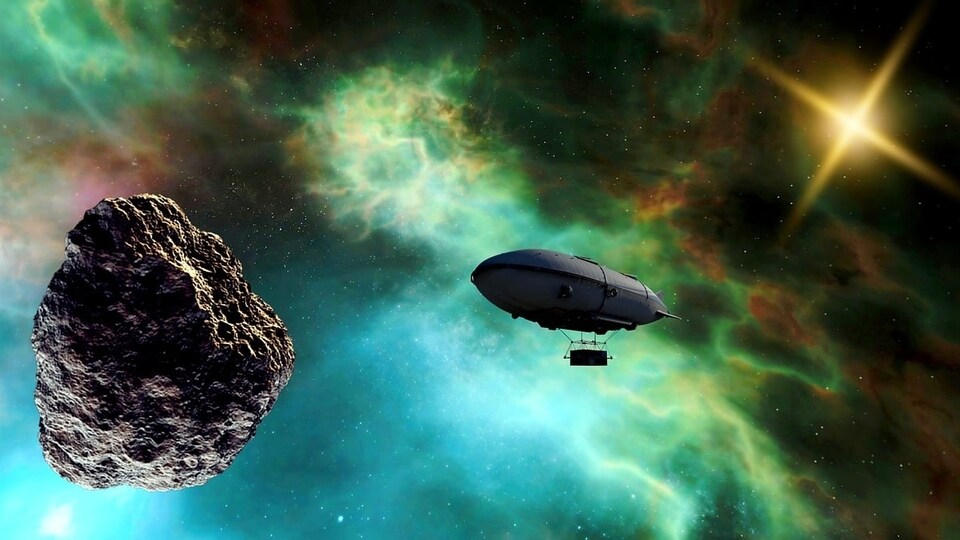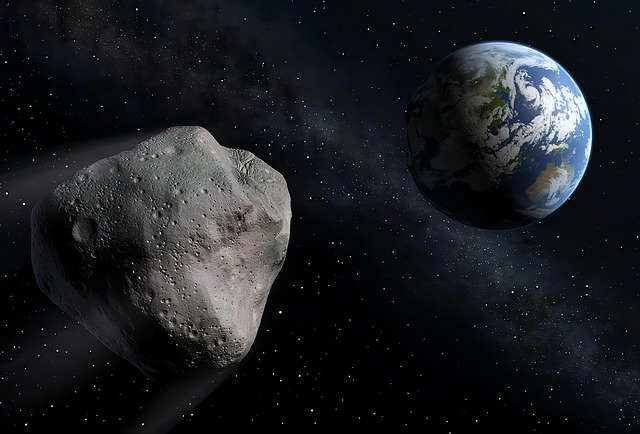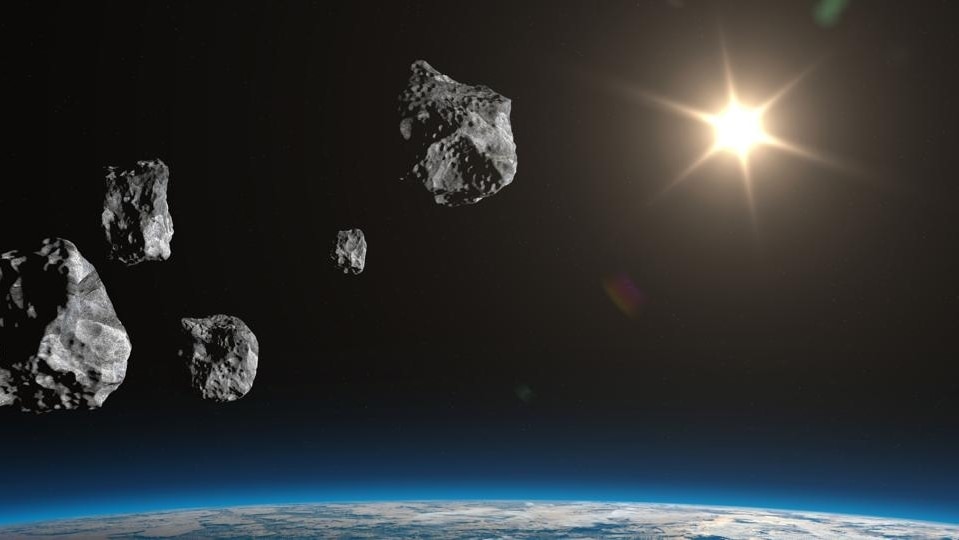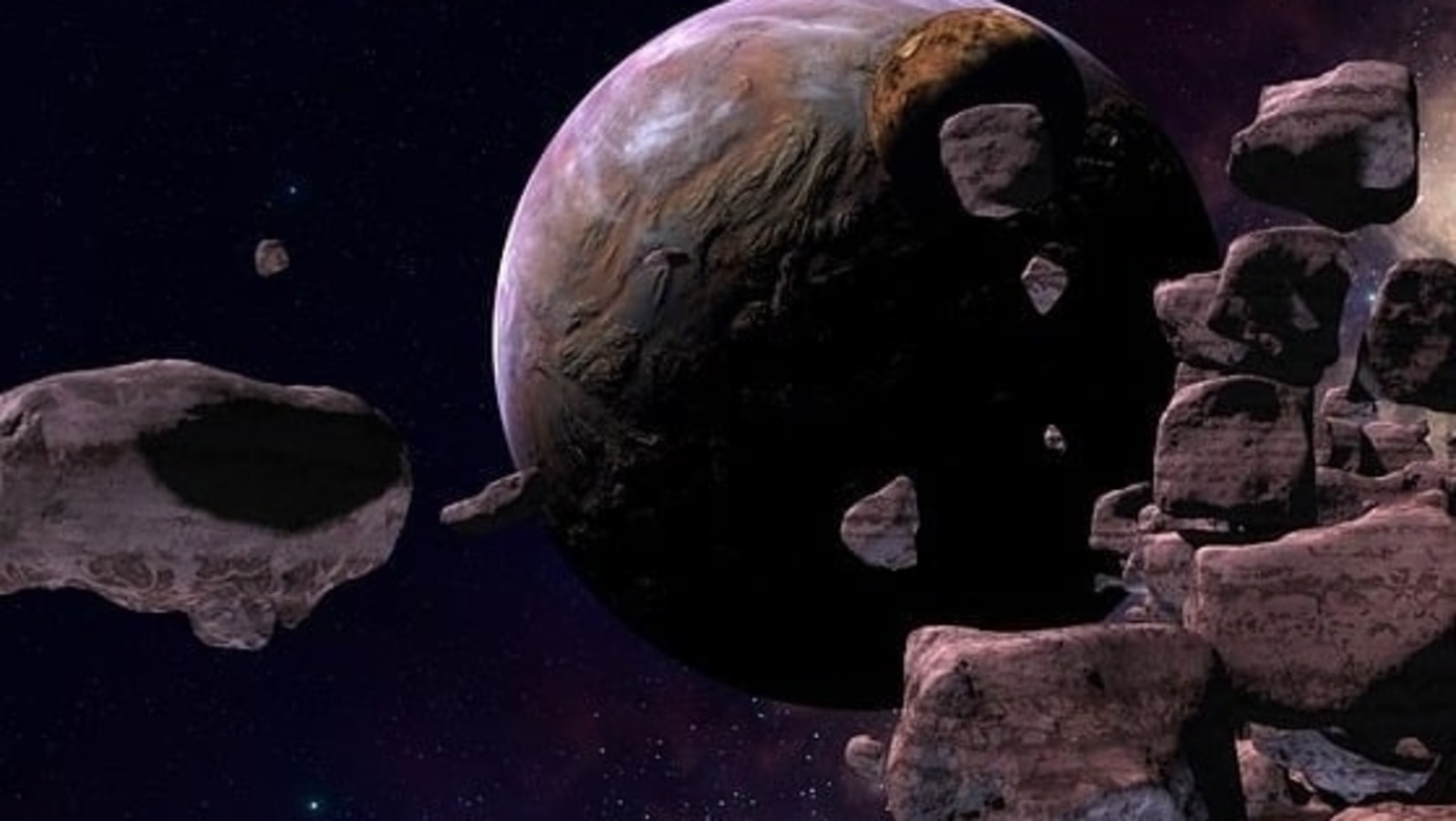77-foot asteroid dashing towards Earth at 30547 kmph, NASA satellites reveal
NASA has revealed key information about a massive asteroid that is expected to make its closest approach to Earth today.







 View all Images
View all ImagesTo keep a check on asteroids that potentially threaten Earth, NASA has established its Planetary Defense Coordination Office at NASA Headquarters in Washington, D.C. This organization has now issued an alert against an asteroid that is expected to make its closest approach to Earth soon. Although these space rocks are far off in space in their own elliptical orbits, they also rotate, sometimes quite erratically, tumbling as they go. Sometimes, interaction with a planet's gravitational field knocks these asteroids off their trajectories and sends them towards a planet like Earth for potential impact.
NASA has revealed details such as the speed, distance, size, and more of the asteroid that will come close to Earth today.
Asteroid 2023 KE5 details
The asteroid, given the designation of Asteroid 2023 KE5, is on its way towards Earth today, June 1. The asteroid was spotted by NASA's Defense Coordination Office (PDCO), which is responsible for monitoring the skies and keeping a watch on various Near-Earth Objects (NEOs). What's shocking is that the asteroid is nearly the size of a commercial aircraft, with a width of almost 77 feet!
Asteroid 2023 KE5 is expected to make its closest approach to the planet at a distance of 2.2 million kilometers today at a speed of 30547 kilometers per hour, as per NASA. It belongs to the Amor group of Near-Earth Asteroids which are Earth-approaching near-Earth asteroids with orbits exterior to Earth but interior to Mars', named after asteroid 1221 Amor.
How does NASA track an asteroid – The process explained
When NASA's telescopes track a new Near-Earth Asteroid (NEA), astronomers measure the asteroid's observed positions in the sky and report them to the Minor Planet Center. The Center for Near-Earth Object Studies (CNEOS) then uses that data to determine the asteroid's most likely orbit around the Sun, according to NASA.
To assess whether an impact is possible and narrow down where the true orbit may be, NASA's new Sentry II then uses a new algorithm and selects random points throughout the entire uncertainty region. This allows Sentry-II to zero in on more very low probability impact scenarios.
Catch all the Latest Tech News, Mobile News, Laptop News, Gaming news, Wearables News , How To News, also keep up with us on Whatsapp channel,Twitter, Facebook, Google News, and Instagram. For our latest videos, subscribe to our YouTube channel.





























